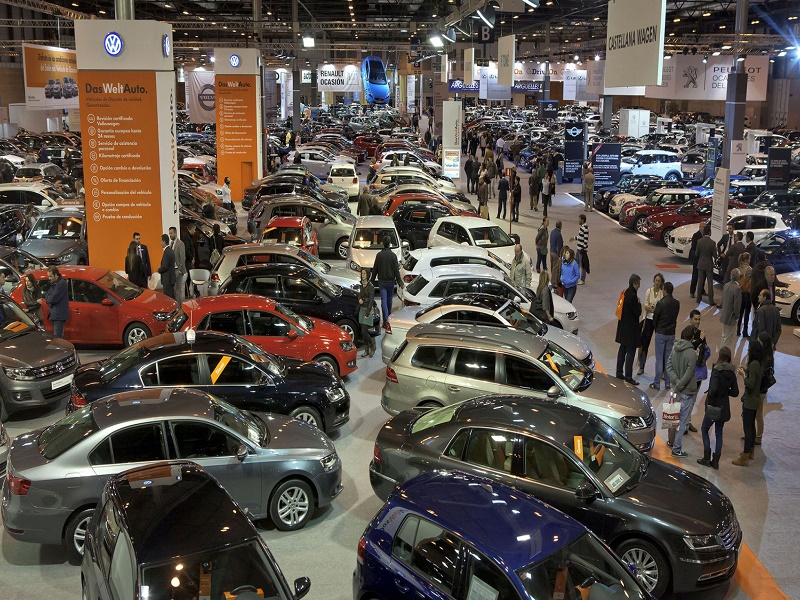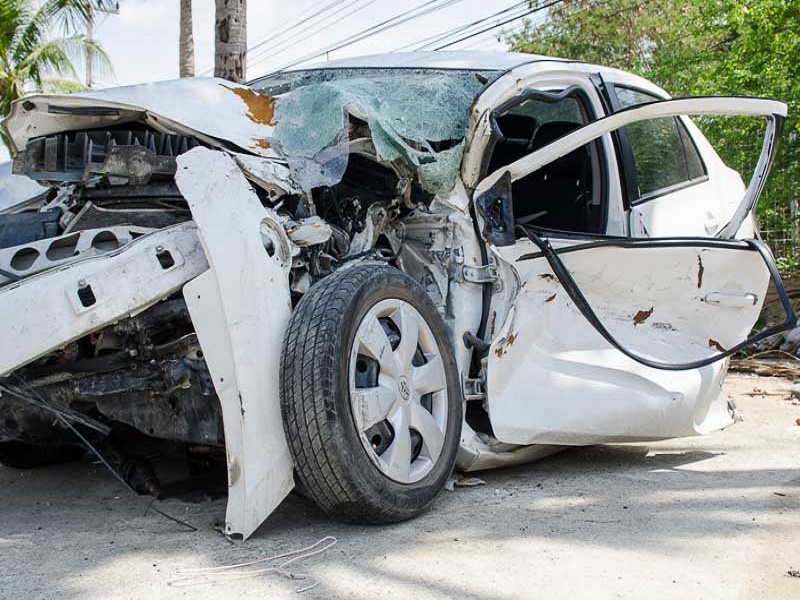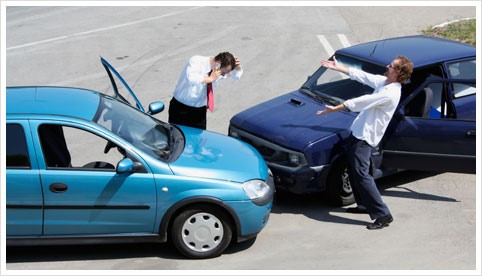The cars secondhand remain the favorite of the Spaniards: the average age of the fleet of vehicles circulating in the country exceeds 10.3 years, according to data from the Directorate General of Traffic (DGT) , and last year the second-hand market closed with almost 1,800,000 units sold between private and professional. “For every new vehicle, 1.8 are bought,” confirms Juan Antonio Sanchez, president of the National Association of Dealers in Motor Vehicles, Repair and Spare Parts (Ganvam) .
1. Professional or private? Both sales channels have their pros and cons. The first advantage of the dealer or distributor is the guarantee offered, which by law can not be less than a year. In addition, these vehicles are usually up to date with reviews and documentation. “As for the individual, the advantage lies in the price”, summarizes Vanesa Tomas, responsible for Services for Motorists of the Real Automavil Club de Cataluna (RACC). In this case, the guarantee only lasts six months and only refers to the vices or hidden problems, but there is an important fiscal difference: the buyer will not have to pay the 21% VAT that increases the cost of the professionals’ offer, but 4% of the Patrimonial Transfer Tax (ITP). “In addition, the private one probably offers more competitive prices”, point out from the AutoScout24 platform .
2. Investigate the price. The Network is the best test bank to know if the price they demand is adjusted to the market offer. AutoScout24 recommends “monitoring the market for a few months before making a decision”. Also, remember that you have to take into account the fuel consumption of the chosen model, the amount of road tax, maintenance or insurance policy to know the total outlay.
3. Flee the bargains and do not advance money. Not only do you have to discard a vehicle that is too expensive compared to the market price; Alarms should also jump when the cost is suspiciously low. “If they offer you a model for 2,000 dollars, and the average is 5,000, do not trust,” says Tomas. Eric Iglesias, director of marketing and technology of the National Association of Vehicle Dealers (Ancove) , also warns about online scams : “They ask you for a signal and when you pay for the car it does not even exist”. The president of Ganvam, on the other hand, suggests that cars that are offered on the street are not bought “for any reason”: “They are much cheaper, but we have detected that in some cases even vehicles from scrapping were offered.”
4. That the car is not very old. In case of accident, the risk of dying or suffering an injury with hospitalization increases depending on the age of the vehicle, alert the DGT: compared to cars of up to four years, the risk is twice higher in those from 10 to 14 years and 3.4 times higher in those from 15 to 19 years. The age of the car also influences the costs. Tomas advises that the vehicle does not have more than 100,000 kilometers and eight years old: “Although it works perfectly, from 100,000 kilometers it is necessary to make important changes that, if they have not been made yet, make the price more expensive”. Nuria alvarez, spokesperson for the Spanish Federation of Automotive Professionals (Conepa) , sums it up with an example: “From 80,000 kilometers [although the mileage varies according to model and manufacturer], the distribution channel must be changed , and it is an operation worth money. If it breaks, the engine failure can be huge and the cost of the fix much higher. It is very important to ask if and when it was changed. ”
5. Eye with the odometer. The handling of the odometer is one of the scams more sounded in the sale of vehicles, and even have been unmasked bands that were dedicated to commit this type of fraud . At first glance it is not easy to discover if the odometer has been tricked, but there are details that offer clues. One of them is the deterioration of some components of the vehicle. “You should check the status of the gearshift knob, the steering wheel and especially the pedals: when the car already has 70,000 or 80,000 kilometers, the rubber wears”, warns Iglesias. Tomas also recommends to look at the kilometers marked in the ITV: “If between one and another revision there are very few, it is possible that there was manipulation”.
6. Review the documentation in detail. It is necessary to request the technical sheet of the vehicle, the certificate of the Technical Inspection of Vehicles (ITV) , make sure that the ownership coincides in the registration certificate and that the traffic tax is paid, lists Thomas. “We also ask for the book of revisions, although the seller may not have it because it is compulsory only during the term of the guarantee,” adds Iglesias: “What can be requested -with only communicating the enrollment- is the traffic report to the DGT, which tells us if the vehicle has any cargo, such as a reservation of ownership [when the ownership remains of the bank until it is finished paying] or an embargo “. You can also request the invoices of the last maintenance operations, or its duplicate, advises Alvarez.
7. Exterior and interior, to be inspected with caution. “The aspect is important, because a psychological factor also comes into play: normally, people who take care of the car inside take care of it completely,” Alvarez says. However, do not be fooled by appearances. “You have to check not only the bodywork and interior trim, but also the lights, mirrors and the condition of the tires,” he says. In the latter case, “the magic number is 1.6 millimeters: by law it is the maximum depth that the drawings [the grooves] of the rubbers can have”, explains Conepa’s spokesperson.
8. Always ask for a driving test. It is essential to do a driving test, both in the city and by road, to know what your response is at higher speeds. “Let’s look if the marches make noise or if the direction has slack,” suggests Alvarez. After getting off the vehicle, check that there are no liquid leaks, which may reflect problems in the brakes, in the air conditioning system or in the engine. “But you have to be clear that it is very difficult to detect technical problems, such as an eventual wear of the shock absorbers, if we do not have advanced knowledge,” he laments.
9. How to know if the vehicle has had accidents? There is no documentation that tells us if the car has suffered accidents. “It is necessary to pay attention to if there are new or repainted pieces”, espeta Iglesias, who suggests looking carefully at the windows of the windows to detect if the vehicle has been repainted. advise to review the body in daylight, and look from a side angle if there are dents. “You should also be wary of stickers, because sometimes they are used to cover scratches,” they add.
10. If you do not trust, take the car to the workshop. The advice of a professional can become an almost essential step, especially if the buyer has no technical knowledge. “It is advisable not only to clarify if the car is in good or bad conditions, but to tell us if it is worth buying for that price or not,” Rivero Alvarez. The cost of the revision may vary depending on whether the workshop is trustworthy and the type of service we need, “but it does not usually exceed 100 dollars,” Iglesias maintains. The important thing, Alvarez concludes, is that the user always knows what he is buying.







